All good science is art. And all good art is science
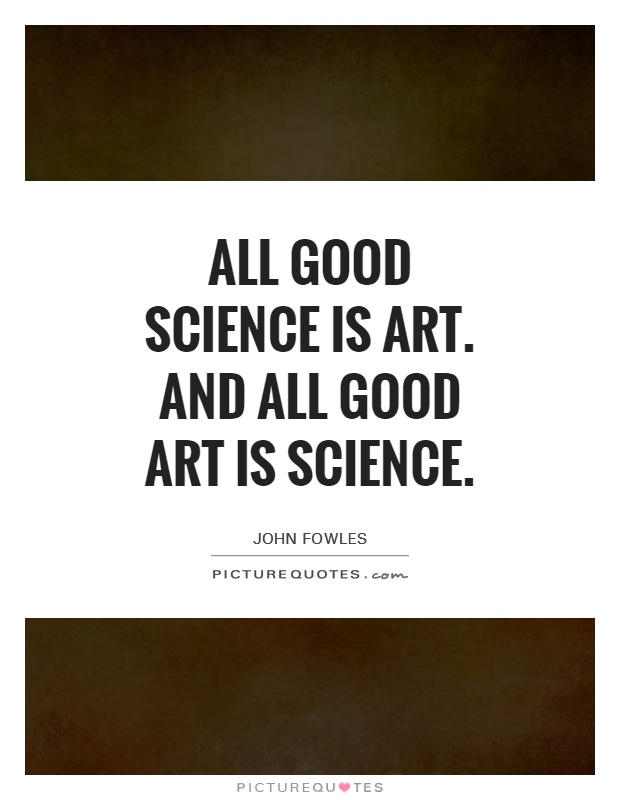
All good science is art. And all good art is science
John Fowles, the renowned English novelist and philosopher, once famously said, “All good science is art. And all good art is science.” This statement encapsulates the idea that the boundaries between science and art are not as rigid as they may seem at first glance. Fowles, known for his intricate and thought-provoking novels such as "The Magus" and "The French Lieutenant's Woman," was a firm believer in the interconnectedness of these two seemingly disparate fields.In the context of Fowles' work, this statement can be interpreted as a reflection of his own creative process. Fowles was known for his meticulous attention to detail and his deep understanding of human psychology, both of which are qualities that are essential in both the scientific and artistic realms. His novels are often characterized by their complex narratives, rich character development, and philosophical themes, all of which require a deep understanding of human behavior and the world around us.
Fowles' belief that all good science is art can be seen in his approach to storytelling. Like a scientist conducting an experiment, Fowles carefully constructed his novels, experimenting with different narrative techniques, perspectives, and themes to create a cohesive and engaging story. His novels are not just works of fiction, but also explorations of the human condition, much like a scientific study seeks to understand the natural world.
Similarly, Fowles believed that all good art is science. In his view, art is not just about creativity and self-expression, but also about understanding and interpreting the world around us. Fowles' novels are filled with references to art, literature, and philosophy, all of which he used to explore complex ideas and themes. Like a scientist seeking to uncover the mysteries of the universe, Fowles used his art to delve into the depths of human experience and consciousness.
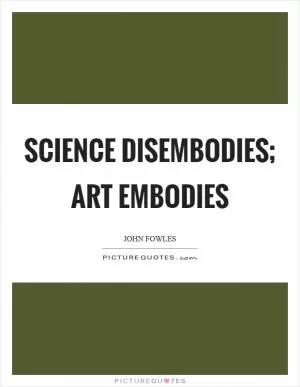
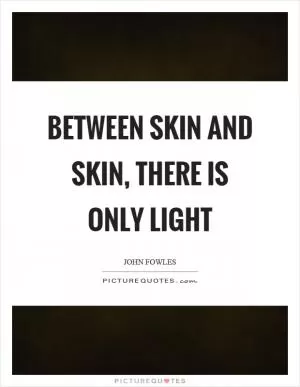
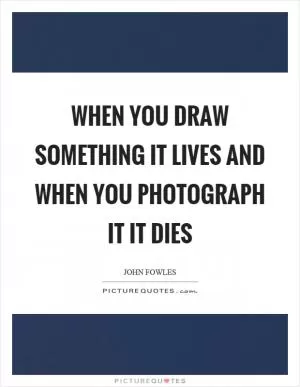

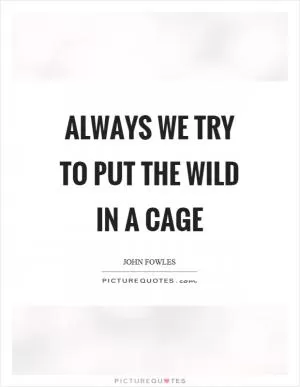
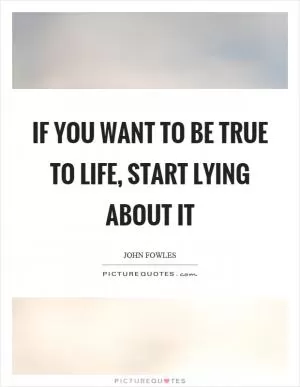
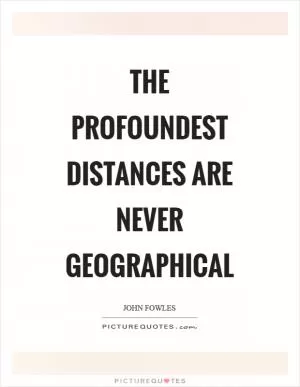
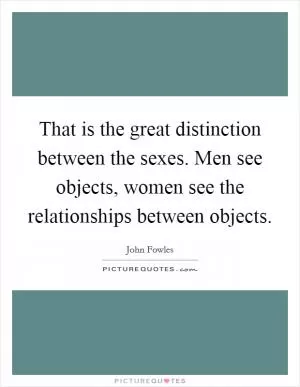
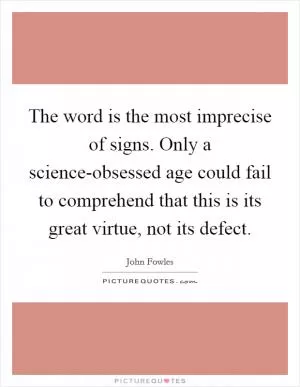
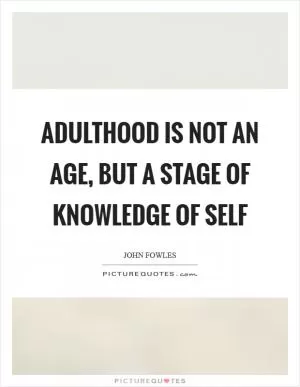


 Friendship Quotes
Friendship Quotes Love Quotes
Love Quotes Life Quotes
Life Quotes Funny Quotes
Funny Quotes Motivational Quotes
Motivational Quotes Inspirational Quotes
Inspirational Quotes